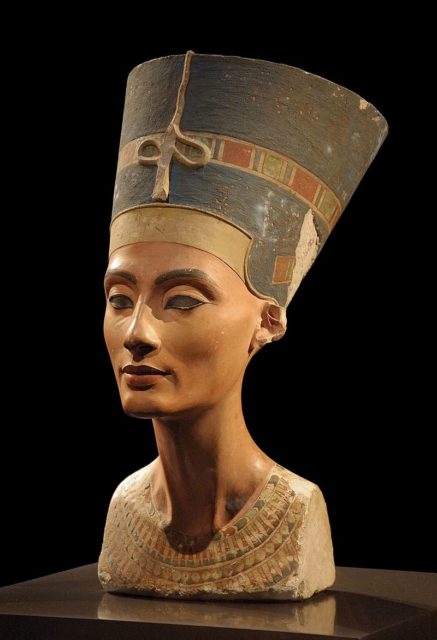Egypt has unearthed additional evidence of a secret crypt behind King Tutankhamun’s tomb. Some believe this to be the lost burial chamber of Queen Nefertiti, said to be Tutankhamun’s stepmother.
Queen Nefertiti, who died in the 14th century B.C, holds a tremendous appeal internationally, and confirmation of her burial site would be the most extraordinary archaeological find of this century for Egypt.
An examination of radar scans completed at the site last November has revealed the existence of two open spaces behind the walls of King Tutankhamun’s tomb.
The scans have pointed to some items behind the walls, different material that could be metal or could be biological.

It has been indicated that there was a 90 percent chance that ‘something’ is behind the walls of King Tutankhamun’s chamber following an analysis of the initial radar scan that had been sent to Japan.
A more sophisticated scan will be performed at the end of December by an international research team to verify whether the ‘secret’ spaces are in fact chambers.
Only when this latest scan is completely analyzed can discussions take place on the possibility of how and when a team could enter the new found rooms. It has been 90 percent determined that the ‘secret’ chambers are there, but Egyptian antiquity authorities want to be 100 percent certain before they start the next step.
The find could be an enormous windfall for Egypt’s troubled tourism industry which is a very important source of foreign currency and has endured continuous setbacks since an uprising that toppled Hosni Mubarak’s government in 2011.
Nicholas Reeves, who is leading the investigation, is a British Egyptologist who believes that Tutankhamun’s mausoleum was first occupied by Nefertiti and that she lies untouched behind what is believed to be a separation wall, Mail Online reported.
Queen Nefertiti, internationally famous, was, together with her husband Akhenaten, responsible for the creation of a whole new monotheistic religion said to have changed the ways of religion in Ancient Egypt.
Nefertiti’s strong-featured and stately beauty was immortalized in a 3,300-year-old sculpture which is now on display in a Berlin museum.

For what is today a mystifying age of Egyptian history, this new up to date historic information sheds light further on the discovery of Nefertiti’s resting site.
It has the potential to be the discovery of the century and is very important, particularly for Ancient Egyptian history, and for the history of the world.
